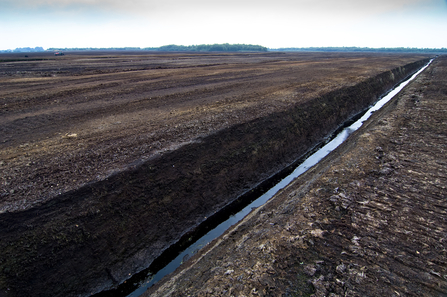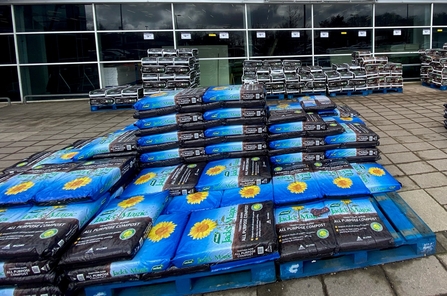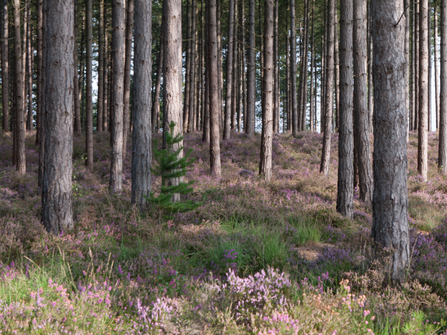Included in the suite of announcements made last week by the Environment Secretary, George Eustice, were two key publications: the England Peat Action Plan and the England Trees Action Plan.
Billed as key solutions in the fight against climate change, these documents will form chapters of the Government’s Nature Strategy, setting out how we can recover nature, manage land sustainably, and connect people with the environment – in line with the ambitions of the 25 Year Environment Plan.
With the right policies, work on peatlands and trees could deliver significant benefits for biodiversity as well as climate – but do these plans pass the test?
The England Peat Action Plan
Our overarching hope for the Peat Action Plan was that it would set out ambitious targets for peatland restoration. When in poor condition, peat soils are a net source of CO2, releasing back to the atmosphere the carbon that has been accumulating for hundreds or even thousands of years. But in wet, healthy condition, they hold on to the carbon, keeping it locked away - and also absorb floodwaters, deliver clean water supplies, and provide fantastic habitat for a host of rare and unusual species. Restoration is the key to securing these benefits, but many peat soils are currently farmed or afforested, whilst other peatland sites have been degraded by burning or peat extraction.
The Wildlife Trusts want to see a commitment to restoring all upland peatlands and at least a quarter of lowland peats.
Government’s own advisors, the Climate Change Committee, say this needs to happen to reduce net carbon emissions to zero. In our view it’s also imperative to allow nature to recover, across a network of peat bogs and fens that are part of a landscape where 30% of land is protected and managed for nature.
Government have committed more than £50m through the Nature for Climate Fund to restore 35,000ha of peatland by 2025. This is a promising start, but in England we need to restore around 10 times that to meet the committee’s recommendations. This should include all SSSIs, a large portion of which are currently in poor condition. These longer-term targets are missing from the Action Plan – but Government have said they will set out plans for peatland restoration that are in line with those required to meet carbon budgets.







